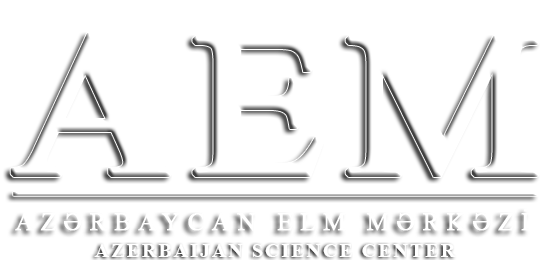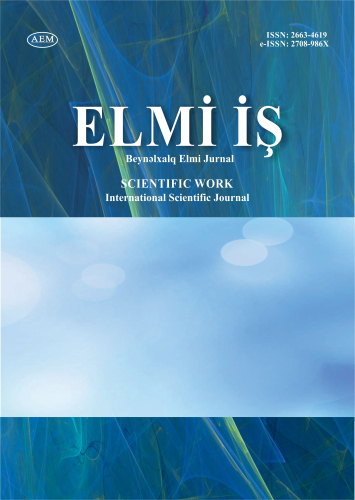https://doi.org/10.36719/2663-4619/112/126-132
Asad Rustamov
Azerbaijan Technical University
Doctor of Technical Sciences
https://orcid.org/0000-0003-0561-5509
asadrustamov1122@gmail.com
Sadig Sadigli
Azerbaijan Technical University
https://orcid.org/0009-0007-6660-5650
sadig.sadigli.hl@student.aztu.edu.az
Arzu Akhundov
Azerbaijan Technical University
https://orcid.org/0009-0007-7946-8333
arzu.akhundov.aa@student.aztu.edu.az
Humay Jabarova
Azerbaijan Technical University
https://orcid.org/0009-0003-2865-9691
humay.cabarova.rn@student.aztu.edu.az
Nazrin Aliyeva
Azerbaijan Technical University
https://orcid.org/0009-0001-1253-3037
nazrin.aliyeva.rn@student.aztu.edu.az
Application of Architecture and Signal Processing Methods in Modern
Radar Technologies
Abstract
The article provides a detailed analysis of the architecture and signal processing methods used in modern radar technologies. Modern radar systems are distinguished by high accuracy, multifunctionality, and flexibility, made possible by advancements in digital signal processing. Radar systems operate across various frequency ranges, and their classification is based on the characteristics of electromagnetic waves. The article explains the principles of this classification, the advantages of different radar types, and their applications. It examines signal processing methods, including filtering, target detection, and tracking. The main signal processing technologies used for accurate determination of target position and velocity, their efficiency, and future development prospects in light of modern technological advancements are discussed. The study explores the propagation characteristics of electromagnetic waves, the impact of interference, and methods for mitigating these effects through signal processing.
Additionally, MATLAB-based calculations and their influence on radar system functionality are analyzed. The study evaluates radio frequency interference and techniques for its minimization, as well as the effect of the signal-to-noise ratio on radar performance. The application of modern radar systems in the automotive industry, space research, medical diagnostics, and defense is emphasized. The increasing complexity of radar systems and the expansion of their functional capabilities through the integration of artificial intelligence and machine learning technologies are also discussed. Furthermore, the study highlights the use of radar in meteorology, traffic management, and military strategy, as well as the continuous development of radar technologies to meet modern demands.
Keywords: radar technologies, Signal processing, Electromagnetic waves, Radar classification, Object detection, Object tracking, Radio frequency interference, Signal-to-noise ratio, MATLAB computations, Target classification, Radar architecture.

